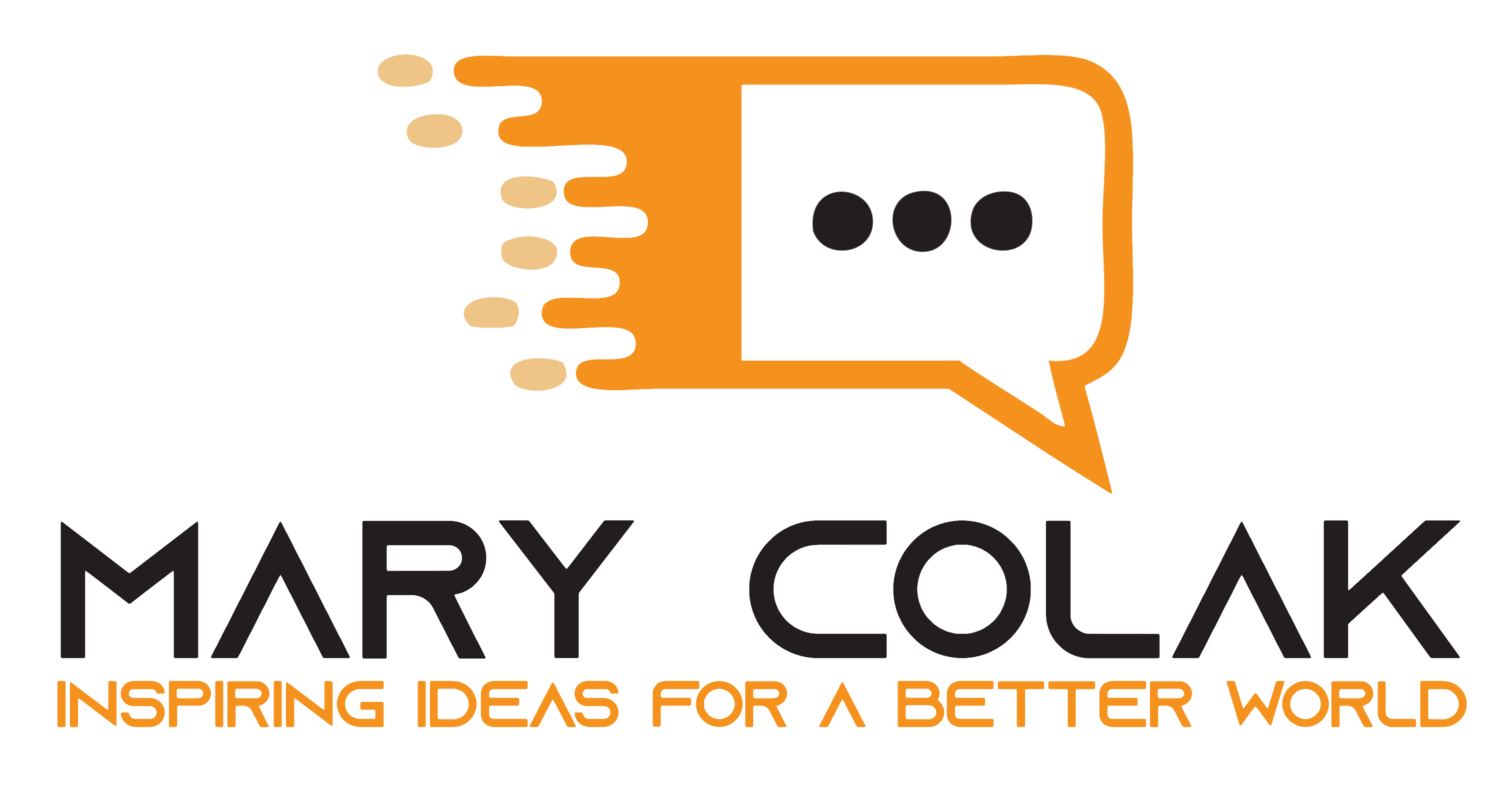Adding value, when value wavers
Adding Value
In operations management, we are taught that "value" or "value added" is the difference between the cost of inputs and the price of outputs. While this sounds simple, measuring value is not always so straightforward, especially when measuring intangibles.
However, from a process improvement perspective, any step in the process (whether producing goods or services) is considered to add value if it meets three criteria:
The customer is willing to pay for it,
The process is done right the first time, and
The process changes the product or service.
If all of the above criteria are met, then there is value in the transformation process.
But how many organizations believe number 1 above to be the case when clearly it is not?
And how many times have you had to re-do a step in the process to get it right?
And after spending so much time and effort to deliver the product or service to your customer, how is it that your customer cannot see the value of the effort that you put into producing the good or delivering the service?
The reason is simple: Value and value added are concepts that can only be validated from the customer's perspective. What the organization believes to be of value is of no relevance, unless the customer believes the same thing.
An advantage of value is that it allows organizations to be more successful in marketing their brand's strength. And when the firm has strength, it can charge higher prices and gain a competitive advantage over its competition. In short, higher added value products are more difficult for competitors to copy.
And the higher the value, the more likely it is that your organization will experience repeat business. Encouraging this repeat business can be done by things such as the following:
Staying in touch with your best customers. Offer them information about sales or special offers. Use email, a postcard, or send them a catalogue periodically.
Treating repeat customers like the special customers they are. Offer deals or other promotional incentives that are exclusive to them. For example, special additional discount on all items.
Contacting your customers by phone or in person. Such a gesture can generate new business or help a business obtain useful information about customer needs.
Streamlining your order and delivery service. The easier it is to order and the speedier your delivery, the higher the likelihood of repeat business.
And as Kevin Harrington of Forbes Magazine states, there are three secrets to repeat business. These secrets are being personal, being present, and being proactive. If you do all three, you know you're creating customer value.
When Value Wavers
Here are some examples of "non-value added" activities:
You download a form from your intranet, print it, manually complete it, then scan it and email it to its destination.
You send a contract approval form to 10 people, asking them to sign it. However, only one signature is required, although all 10 need to read it.
Placing workstations 20 feet apart with parts that need to be carried back and forth instead of next to each other.
Editing the final version of a report even though the report has been published and distributed.
As you can see, all of the above take extra time and resources. Any time that work takes "extra" time and resources, it is a sign that the process is laden with waste. And where there is waste, value decreases substantially.
To improve your organization's chances of delivering value, start by eliminating practices that provide no value. This includes eliminating the following:
Defects. This includes anything relating to incorrect parts or services not delivered to the customers' specifications. Common causes of defects include lack of process controls, poor quality of incoming materials, poor work instructions, inadequate training or other causes.
Overproduction. This includes anything that is produced faster, sooner or more than needed. This leads to excessive cost.
Waiting. This refers to time lost when people, material or machines are waiting.
Non-Utilized Talent. This refers to wasted potential for improvement results when people are not consulted for ideas on improving the methods of work. Some of the causes of this include old guard thinking, politics, business culture, or no training.
Transportation. The transportation of parts and materials around a facility can create waste. Some of the causes of this include poor plant layouts, large batch sizes or large storage areas.
Inventory. This is any material in excess of the one piece required for the next step in production. The biggest reason why inventory is in excess is because people hold inventory "just in case" they may need the inventory.
Motion. This refers to the movement of people or machines that does not add value to the product. For example, poor workplace organization and housekeeping, poor workstation layouts and sorting or looking for items are call causes for wasted motion.
Extra processing. This is about doing more than minimum required to transform material into an acceptable product. For example, duplication or re-work are extra processing wastes. Some causes of extra processing include redundant approvals or inspections, unnecessary reports, or accommodating perceived customer needs.
Start adding value to your organization's processes by eliminating all "DOWNTIME" (as per the above eight areas). Then discipline yourself and your organization to continually practice "Lean" processes to create a culture of efficiency and productivity.


